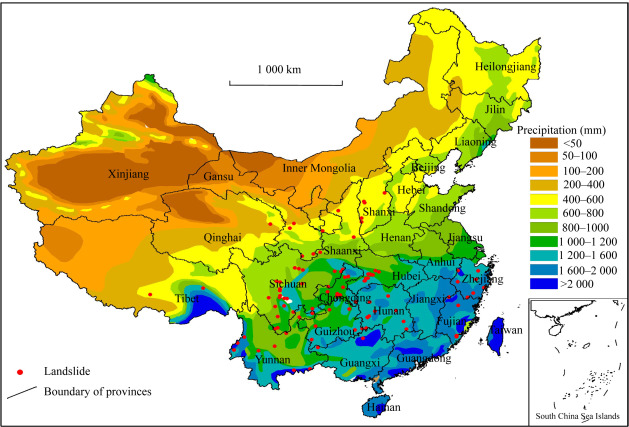We welcomed Ben Hillman for a talk on “The Trouble in China’s West”
Ben works at the Crawford School of Public Policy, ANU, on institutional change. He specialises in Chinese and ethnic policies, China’s efforts to build a national identity out of empire, and how to integrate ethnic communities.
There have been reports in the press on the response by the Chinese Communist Party to Muslims, especially the largest group in China, the Uighurs in Xinjiang, in the country’s north-west. Reports have focused on efforts to forcibly assimilate Uighurs by coercive mechanisms such as internment in camps which hold upwards of a million Uighurs. The government has used the term “re-education” and “vocational training”, to legitimize the camps.
This belongs in the wider historical context of Xi Jinping’s “China Dream” project of 2012. There are two concrete targets for this “great rejuvenation”. One is to become a modern and wealthy society by 2021, the hundredth anniversary of the formation of the CCP. The second is to become a “developed” nation by 2049. Thus, the vision is of a country “restored” to an international status which it lost as a result of Western imperialism.
This plan draws on powerful historical narratives such as the claim of 5000 years of unbroken history. But Han identity doesn’t reflect the diverse history of Chinese empires. Concomitant with the “Dream” is a less inclusive vision of China, especially where Uighurs and Tibetans are concerned. Both groups are seen as less loyal to the CCP and hence to China. This is seen as a weakness in the national fabric and an obstacle to achieving the China Dream.
Historically, the west was a buffer zone, not always part of China. When the empire was weak, it might face attack from the west and withdraw east. If the empire was strong, it controlled the west. The rainfall line runs approximately down the western edge of the Han-occupied east, where agriculture is intensive. In the west, no such agriculture is possible, and the people are pastoral, nomadic. Different cultural beliefs are associated with these two vastly different ways of living. Rain: farmers and m erchants. No rain: nomadic herders. The Han fear non-Chinese “barbarism”, an old historical theme.
erchants. No rain: nomadic herders. The Han fear non-Chinese “barbarism”, an old historical theme.
A map* shows some of the geographical dimensions of the problem. Han Chinese live in the east, Mandarin speakers in the north, and Min-nan and Cantonese speakers in the south; all Chinese dialects. In the west, more than half the land area is occupied by people who speak non-Chinese languages.
The CCP operates like a pendulum, sometimes more accommodating, sometimes more coercive. At the moment they are assimilationist. The challenge for the CCP is to get people in Xinjiang to think they’re a part of China.
There exists a policy of equality and harmony between the five races – Mongols, Manchu, Tibetans, Han and Muslims – dating back to the 1911 Republic. Integration has been largely successful. But in the 1980s there was a resurgence of ethnic identity, followed in the 1990s by an expansion in security spending and a tightening up of regulations on religious groups. More rail and road connections across China’s west led to increased tensions from economic colonisation by Han migrants; there were also more domestic tourists. In many cases the locals cannot compete. Culturally, the “juggernaut” of Chinese development and modernisation has made parts of the country unrecognisable to its inhabitants.
So there has been widespread protest. Unrest in Tibet in 2008/9 led to a further tightening of security. A couple of years later, after the CCP considered that it had secured Tibet, its Party secretary in Lhasa was transferred to do the same job in Xinjiang. The new man is very likely to apply the same strong measures used in Tibet against Uighurs in Xinjiang. This will help China expand west via its Belt and Road program. The tiny minority who actively protest are seen as a threat to all that the Belt and Road can bring. But the Chinese government can, by means of their security network, project their power without repercussions. It is very hard to escape digital surveillance which even extends to gait recognition.
There are warning signs of what sort of global superpower China will be, willing to use very strong and coercive measures. The current situation is likely to go on for some time. In the past, Saudi Arabia criticised China for its treatment of Muslims, but for two years there has been no word from Muslim majority countries about China, which has a Muslim population of twenty million, more than Saudi Arabia. Chinese economic power and influence is so great, and Chinese companies are building roads and infrastructure in all these Muslim countries. Erdogan has been an exception, but his criticism has come in calibrated diplomatic language, with limited effect; and there has been a decline in Turkish criticism of China over time.
Global influence is a powerful legitimating factor for the CCP. No authority or government has been able match China’s in moving fast to a high income economy. Ben noted that even though China’s leaders are impatient in their drive for a national resurgence, they do have popular support. Tibetans, for example, are seen by many Han Chinese as ungrateful for economic improvements.
*Map shown from www.researchgate.net/figure/The-average-annual-precipitation-for-previous-years-in-China-the-data-of-average-annual_fig5_266492351
